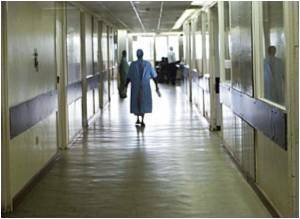Vancomycin, a glycopeptide antibiotic is commonly prescribed for the treatment of MRSA (dubbed superbug due to its antibiotic resistance)

While these adult nomograms are widely thought to be suitable for teenagers, pharmacological differences between teens and young adults remain poorly understood.
New research, published in the Journal of Clinical Pharmacology, explores the accuracy of adult nomograms in children over ten. The results of 120 patients from a children's' hospital in Vanderbilt, Nashville, revealed that Vancomycin nomograms from adults were not accurate in predicting appropriate dosing levels in older children.
"Based on the variability of pharmacokinetic parameters and drug clearance, the two Vancomycin nomograms developed to predict therapeutic Vancomycin concentrations in healthy adults did not accurately estimate dosage regimens in older children regardless of weight or age, and therefore should not be used to aid empiric dosing," said Dr. Jessica Gillon. "Further prospective studies are warranted for teens between 10 and 18 years of age to determine the most appropriate Vancomycin dosing to maximize drug efficacy and reduce the risk of Vancomycin induced renal toxicity."
Source-Eurekalert












